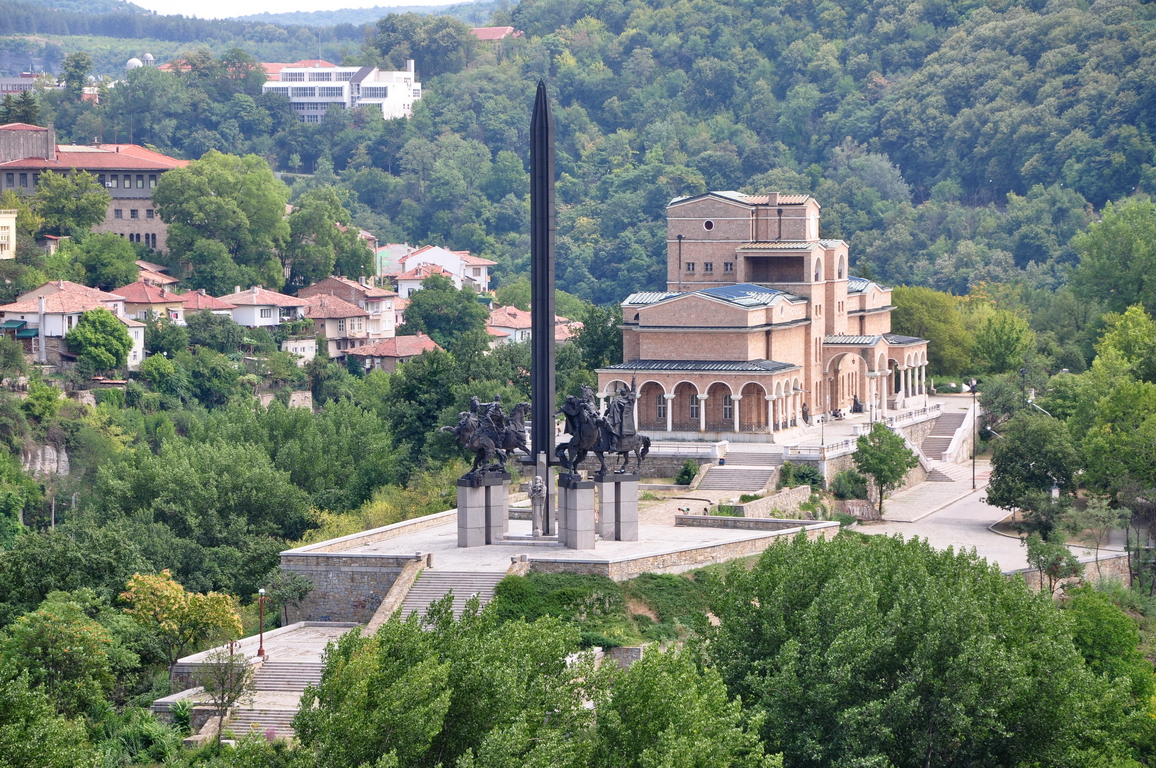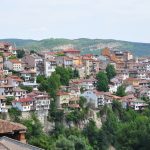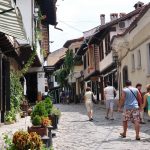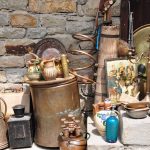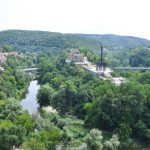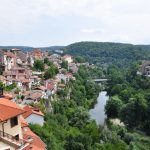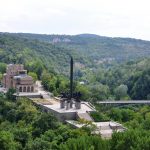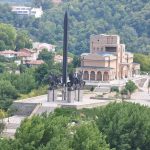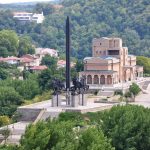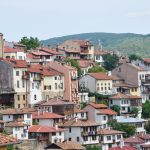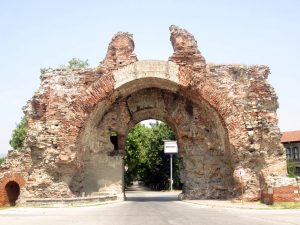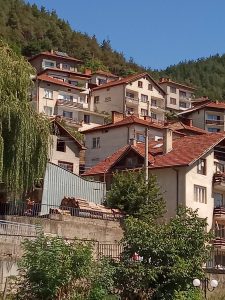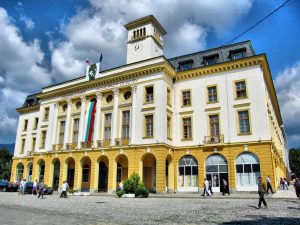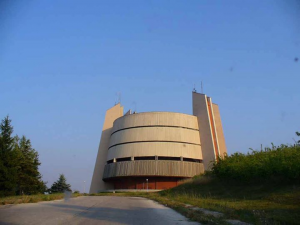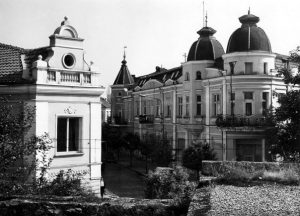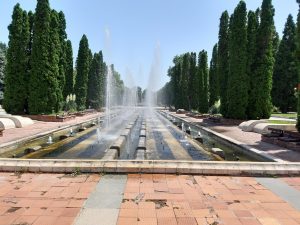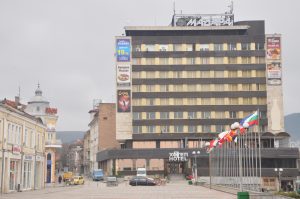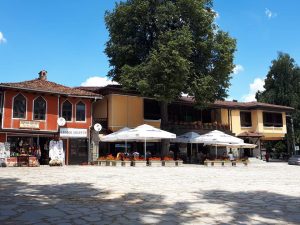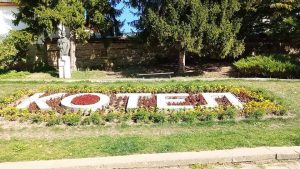Veliko Tarnovo (Bulgarian: Велико Търново, romanized: Veliko Trnovo, pronounced [vɛˈliko ˈtɤrnovo]; “Great Tarnovo”) is a town in north central Bulgaria and the administrative centre of Veliko Tarnovo Province.
Often referred as the “City of the Tsars”, Veliko Tarnovo is located on the Yantra River and is famously known as the historical capital of the Second Bulgarian Empire, attracting many tourists with its unique architecture. The old part of the town is situated on three hills, Tsarevets, Trapezitsa, and Sveta Gora, rising amidst the meanders of the Yantra. On Tsarevets are the palaces of the Bulgarian emperors and the Patriarchate, the Patriarchal Cathedral, and also a number of administrative and residential edifices surrounded by thick walls.
Trapezitsa is known for its many churches and as the former main residence of the nobility. During the Middle Ages, the town was among the main European centres of culture and gave its name to the architecture of the Tarnovo Artistic School, painting of the Tarnovo Artistic School, and to literature. Veliko Tarnovo is an important administrative, economic, educational, and cultural centre of Northern Bulgaria.
Veliko Tarnovo has an area of 60.9 km². The area which is assigned to the town is 30.379 km². It is located on the river Yantra. The town has always had a strategic position. It is located on main roads which connect West Balkans with Black sea and East Europe with Middle East. In the East and North-East the town borders with the Arbanassi Bardo. North – with the Orlovets locality, to the west with the Kozludzha locality and to the south with the area Dalga laka.
Museums
In the city are located the architectural reserves: Tsarevets, Trapezitsa and Momina krepost. The Regional historical museum in the town were established in 1871. In the town are located the House Museum of the Bulgarian writers Petko Rachov Slaveykov and House Museum of the writer Emilian Stanev. Next to the Regional Library is located the Archaeological Museum.
Museum “Revival and Constituent Assembly”
Museum “New and New History”
Museum Zatvor
Museum “Sarafkin House”
Museum of Wax Figures.
Samovodska charshya
The Samovodska charshia developed as a business center during the Bulgarian revival. They are there many craft shops, which have preserved a centuries-old tradition of craftsmanship.
Gurko Street
Gurko Street is one of the most picturesque streets in the old town. It is named in memory of the Russian General Iosif Vladimirovich Romeyko-Gurko. As commander of the Forward Force of the Imperial Russian Army in the Russo-Turkish War (1877–1878) he liberated Tarnovo on 7 July 1877 (another street in the city is named “The 7th of July”). General Gurko is commemorated with a bust in the Marno Pole Park in the city center. Annually on that date he is celebrated with an official honour guard by cadets from the city’s National Military University and the local branch of the “Traditsiya” (“Tradition”) Historical Society re-enacts the event.
Bridges
Stambolov bridge
Stone bridge
Bishop’s bridge
The Stambolov bridge is an arch bridge, designed by an Italian architect, Giovanni Musutti (also the designer of the Monument to Vasil Levski). It was constructed in 1897. Bishop’s (Vladishki’s) bridge is the oldest bridge, built around the 1800s in Asenova mahava (Old town). The king’s bridge (also known as Stone bridge) was constructed in 1930 in Asenova mahala, as a connection to Veliko Tarnovo – Gorna Oryahovitsa.
map:
source: en.wikipedia.org
